By Arnold Blumberg
Immediately after the Japanese attack on the United States Naval base at Pearl Harbor, Hawaii, on December 7, 1941, the Japanese realized that the oil reserves needed to carry on their new war against the Western powers were not as adequate as first thought. This unacceptable situation transformed the capture of the Dutch East Indies (DEI) and its oil, at first planned as a desirable strategic objective, into a vital ingredient for Japanese national survival.
To defend the coveted DEI black gold, the island of Java, at 53,589 square miles the 13th largest island on Earth, would become the prime geographic shield for the Japanese. Defensively, this land—sporting a forested northern coastline, a rocky cliff strewn southern coast, and a wooded volcanic mountainous interior—would provide Japan with a buffer against Allied attempts to retake the DEI. Offensively, it pointed like a dagger at Australia in such a way, concurrent with the conquest of New Guinea, that the commonwealth would at the least become isolated and at best open to Japanese invasion.
To conquer Java, the Japanese planned three simultaneous operations intended to improve their tactical position: capturing of the island of Timor to the east to cut off the Allied fighter plane transfer link with Australia; conducting an air raid on the harbor and supply bases at Darwin, Australia, to preclude any immediate reinforcement from there; and securing the island of Bali as a forward fighter base to cover the actual landings on Java.
This last item was deemed especially crucial for success in taking Java, due to the presence of a recently constructed Dutch airstrip equipped to service fighter planes located near the island’s capital, Den Passar. The new airfield was only 100 miles from the major American-British-Dutch-Australian (ABDA) naval and air facilities located at Surabaya, Java. Any force of ABDA warplanes based at Den Passar could raise considerable havoc with any force trying to invade the island. Conversely, if the Japanese held Den Passar it would greatly increase their air power’s reach beyond the range of their newly seized bases on northern Borneo and provide direct support for the landings on Java. Lastly, the Imperial Japanese Navy (IJN) would not have to risk bringing aircraft carriers into the restricted waters of the Java Sea to support an invasion of Java.
Japanese planners believed that if they could dominate the skies over Java, then its invasion and conquest would be relatively easy. So the success of their entire southern thrust and the securing of the oil of that region depended on concentrated and sustained airpower over the area.
While the Japanese clearly understood what was required to succeed in taking Java, the newly appointed ABDA commander, British General Sir Archibald Wavell, did not. To be fair, the situation he had only recently inherited became so fluid and his resources to deal with it were so limited that he never had the chance to formulate a clear and workable defense plan. His headquarters and intelligence centers were constantly under aerial attack and became swamped with garbled and conflicting combat reports from many areas of his extended zone of command. When the Japanese assault on Java came, it was so fierce and rapid that Wavell never had the time to set up a proper chain of command to deal with the incessant crises that flooded his vast area of operations.
If the supreme allied commander on the ground was out of touch with the true situation in the DEI, the top Allied military authorities in Washington and London also had only the foggiest notion of what was happening in that distant theater of war. This was clear from their January 3, 1942, order instructing Wavell to launch an all-out counteroffensive with both aerial and fleet participation. In reality, Wavell did not have enough manpower, ships, or planes to conduct a reasonably effective defense let alone a sustained attack.
Wavell’s orders also admonished him not to to commit his forces piecemeal, but he really had no other choice since he never had an opportunity to concentrate his limited resources. Japanese pressure was so relentless that exhausted pilots flew six or more sorties each day against overwhelming odds. By mid-February Borneo was entirely gone, and Singapore was in the final stages of its demise. The Homei News Agency trumpeted from Tokyo, “The Japanese flag is flying on the island of Sumatra for the first time in history,” as a combined amphibious and parachute assault took place there on February 14-17, 1942, near the important Palembang oil field. After Japanese troops splashed ashore on the 18th, Bali’s coveted airstrip was in the hands of the 48th Infantry Division the next day. On the 20th Timor was taken.
The blitz against Java began on February 3, when 60 IJN warplanes roared out of Borneo and the Celebes to down 16 ABDA fighters, six Boeing B-17 Flying Fortress bombers, and 12 flying boats in aerial combat. ABDA communications throughout the area were crippled by constant air attacks that prevented Allied commanders on the ground from taking any effective action. By the 5th, U.S. General Lewis Brereton, deputy chief of ABDA’s American air component, admitted that the Allied fighters trying to defend Surabaya were “practically wiped out…. The Japs now have the entire eastern half of Java and adjacent islands under continual fighter and bomber attack, menacing our fighter reinforcement route from Australia.”
“Menacing” was an understatement. The rapidly crumbling ABDA defenses were in fact being plastered by 11 IJN air groups. Every reinforcing group of American Curtiss P-40 Tomahawk fighter planes trying to fly north from Darwin, Australia, to Java was decimated along the way by lethal enemy air interception.
By February 20, Java was for all intents isolated by the Japanese, and an invasion was imminent. The fall of Timor cut the Allies’ air route from Australia to Java for fighter aircraft. Only multi-engine Allied planes could reach Java after Timor was lost. Further, Allied ships had to travel south and then east to avoid enemy bombers. Due to the devastating air raid on Darwin on February 19, that vital port was made temporarily unusable, and all shipping thereafter was diverted to Perth and Fremantle.
On the 20th, Wavell, who saw that the Allied effort in the DEI was doomed, proposed that the islands be completely evacuated. Originally he had hoped to hold the area after being promised the I Australian Corps, made up of the 6th and 7th Australian Infantry Divisions and totaling 12,000 combat troops. But by mid-February it was clear that I Corps, en route from the Middle East, would not reach Java in its entirety until April 1942. His suggestion to abandon the DEI was rejected by the Combined Joint Chiefs of Staff in Washington and by British Prime Minister Winston Churchill. They replied to Wavell, “Every day is of utmost importance. There should be no withdrawal of troops or air forces of any nationality and no surrender.”
Soon Wavell was ordered to India to assume the post of commander in chief there, thus being spared the humiliation of seeing the DEI taken by the Japanese while under his charge.
ABDA command was dissolved on February 25, and the defense of Java was handed over to the Dutch and those Allied units that could not be evacuated from the doomed island. In a late and futile attempt to create a coordinated defense of the island, the Americans, after flying their heavy bombers to Australia, placed their few remaining fighter planes and lone artillery battery under Dutch control. The British and Australians likewise put their remaining ground and air units under the Dutch. Understrength and in need of repair and resupply, the ABDA naval contingent remained under the command of Dutch Vice Admiral Conrad E.L. Helfrich.
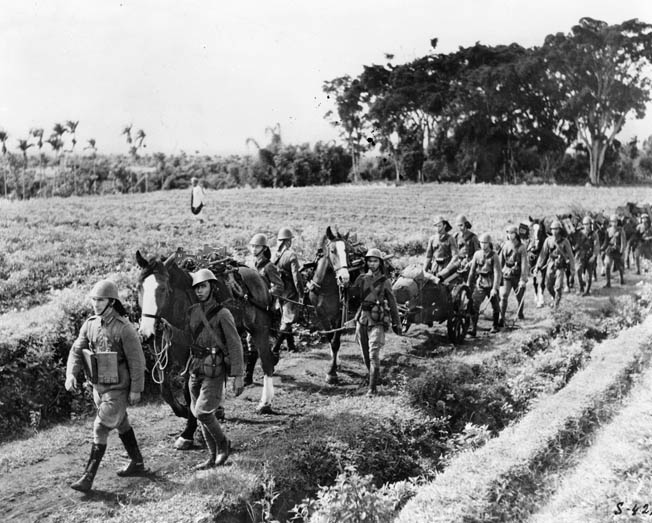
The Dutch army on Java numbered 25,000 men in four infantry regiments, but in no way was it a modern fighting force. It was organized more as an internal constabulary than a field army. Its troops until recently had been dispersed in platoon-, company-, and few a battalion-size garrisons throughout the many islands of the colony. The regimental structure was merely an administrative entity until the start of hostilities with the Japanese. None of the company units had ever conducted maneuvers or training at the battalion, regimental, or brigade level. Nor did they have any experience in the tactics of combined arms so vital in modern warfare.
There was little artillery, and the available pieces were direct-fire, small-caliber mountain guns. There was a small experimental “mechanized force” of battalion strength containing Vickers light tanks and armored cars. The Dutch headquarters on Java was unsuited to conduct a modern war of movement since it lacked modern communications equipment, the proper tactical doctrine, officer training, and an effective chain of command to control its subordinate military formations.
The Dutch commander on Java, Lt. Gen. Hein Ter Poorten, positioned his force in four command areas: the Batavia Military District under Maj. Gen. Wijbrandus Schilling; the North Central Military District led by Maj. Gen. Jacob J. Pesman; the South Java Military District under Maj. Gen. Pierre A. Cox; and the East Java Military District falling to Maj. Gen. Gustav A. Ilgen. The lack of communications equipment and transport assured that each district contingent would be essentially a static defense force without the ability to react swiftly to enemy movement.
The other Allied ground forces on Java in February and March 1942 consisted of several diverse elements. First, there were five British “regiments” (actually battalions) of British air defense artillery (ADA), mainly armed with 40mm Bofors guns. However, only three of these units had their guns and, along with those lacking them, had been dispersed to guard airfields across the island. Those air defenders without cannons were armed to serve as infantry. Their capacity to fill that new role, one in which they had received very little training, was predictably low. A single squadron of the 3rd Hussar Tank Regiment numbering 25 Vickers light tanks was also available. The commander of all British troops on Java was Maj. Gen. Sir Hervey D.W. Sitwell. Altogether, 5,500 British military personnel were on the island when the Japanese struck.
The largest non-Dutch force on Java was the 3,000-man Australian brigade-size task group known as Blackforce (named after its commander, Lt. Col. Arthur S. Blackburn), which arrived on February 18, 1942. The most capable military contingent on the island, its backbone was the 2nd Machine Gun Battalion, 3rd Machine Gun Regiment (2/3) and the 2nd Battalion, 2nd Pioneer Regiment (2/2). Both units were part of the 7th Australian Infantry Division. The Australians, though lacking much of their authorized logistical support, constituted the one force on the island able to maneuver against a modern enemy. Most of the Australian troops were veterans of the fighting in North Africa and Syria, where they had acquitted themselves well.
Blackforce, however, was critically short of communications equipment, especially radios and field telephones. This meant that units that had no time to train together (within Blackforce or attached to it) had to be thrown into the fight without adequate communications, inevitably reducing the unit’s battlefield performance.
The only other Allied ground unit on the island was the American 2nd Battalion, 131st Field Artillery Regiment (2/131) of the Texas National Guard. Its 558 men crewed three artillery batteries of four 75mm guns under the command of Lt. Col. Blucher S. Tharp. This unit had been on its way to the Philippines when Pearl Harbor was attacked and had subsequently been shipped first to Australia and then to Java, arriving there on January 11. Unfortunately, the Americans, British, and Dutch all had different artillery, small arms, and machine-gun ammunition, requiring each army to handle its own supplies without being able to share with its allies. As a result, the U.S. artillery unit had only 100 rounds per gun when operations against the Japanese began.
On February 26, the 2/131 was directed to attach one battery to the Dutch defenders at Surabaya and move the rest of the unit to western Java to join Blackforce. The Americans were the only artillery supporting Blackforce and, in terms of training to conduct actual maneuver fire support, the only effective Allied field artillery on Java.
The Allied air forces on the island were the remnants of what had escaped from Singapore, Sumatra, and the Philippines. By late February there were less than 40 shot-up fighters remaining on Java, divided between the airfield at Kalidjati (British Hawker Hurricanes) and Blimbang (American Curtiss P-40s, Dutch Brewster Buffalos, Hurricanes, and a few Curtiss P-36s). Making an already bad situation worse, many of the Dutch aircraft were flown by inexperienced pilots.
The bomber force consisted of a few American B-17s that had not been evacuated to Australia. The rest of the Allied airpower consisted of U.S. Army Air Corps Douglas A-24 dive bombers, six British Bristol Blenheim and six Australian Hudson bombers along with nine ancient Dutch Vildebeste torpedo planes reconfigured to drop bombs. All the air assets were in need of repair.
The Japanese committed the 16th Army, under Lt. Gen. Hitoshi Imamura, to the conquest of Java. It included Lt. Gen. Masao Maruyama’s 2nd and Maj. Gen. Yuitsu Tsuchihashi’s 48th Infantry Divisions with more than 15,000 men in each formation. Also assigned were two independent combined arms (infantry, artillery, armor, engineer, antiaircraft guns, and transport) brigade-size groups. These latter units were the 3,500-man Shoji Detachment under Colonel Shoji Toshishige from the 38th Infantry Division and Maj. Gen. Sakaguchi Shizuo’s 5,500-man Sakaguchi Detachment from the 56th Infantry Division. These units were made up of highly trained and motivated veterans who had seen earlier combat in China, Hong Kong, the East Indies, and the Philippines.
To support their ground troops, the Japanese assembled close to 400 combat aircraft based out of Kendari in the Celebes, Borneo, Sumatra, and Mindanao in the Philippines. Most of the planes belonged to the Naval Air Force’s 11th Air Fleet, consisting of the 21st, 22nd, and 23rd Air Flotillas.
To carry the invasion force, which was split into eastern and western attack groups, 97 transport ships escorted by seven cruisers, one light aircraft carrier, and 24 destroyers were mustered into service. The invasion armada was under the command Vice Admiral Ibo Takahashi. In addition, two powerful strike forces led by Vice Admiral Chuichi Nagumo with four aircraft carriers, two cruisers, and a flotilla of destroyers and Vice Admiral Nobutake Kondo with four battleships and four carriers sailed for the Indian Ocean in late February to cut off the Allied escape route south of Java.
As the Japanese armada headed for Java, Allied ground forces prepared to repel the invaders. General Poorten expected the Japanese to simultaneously attack both ends of the island, near Surabaya in the east and Sunda Strait in the west. Allied bombers were to attack enemy transports as far out to sea as possible. The main elements of the ABDA fleet were to engage the opposing naval force when it appeared. On the island itself, General Ilgen’s eastern sector, which included the naval base at Surabaya and the rest of the island to the east, was garrisoned by an infantry regiment, a small Dutch Marine battalion, several reserve battalions, and some antiaircraft and artillery battalions. Ilgen also had Battery E, 2nd Battalion, 131st Artillery Regiment attached to his command. His mission was to protect Surabaya and its environs.

Cox’s central sector was responsible for defending the middle part of the island and providing the operational reserve force for all of Java. He commanded the 2nd East Indies Division (in reality a brigade size element) and two cavalry battalions.
The western sector held the bulk of the island’s defenders where the main enemy landings were anticipated. General Schilling was in charge there, and he oversaw the deployment of the 1st DEI Infantry Division made up of the 1st and 2nd DEI Infantry Regiments, one artillery regiment, a small Dutch mechanized detachment, and various antiaircraft and service units. Schilling’s most potent formation was Blackforce. He also had a few British air defense units.
The Allied ground forces on Java were spread widely across the island, which assured that they would engage the Japanese piecemeal. In the east, Ilgen hoped to delay any enemy advance on Surabaya long enough to allow demolition of the naval base there. In the center, Cox was concerned with keeping the roads to the port town of Tjilatjap, on Java’s south coast, open. In the west, Schilling’s men were arrayed to protect the towns of Batavia and Bandoeng. Last stands by the defenders were to be made at Bandoeng in the west and the Malang Plateau in the east.
Only in the west did an opportunity exist for Allied offensive action against the Japanese landings. General Schilling and Colonel Blackburn came up with a scheme of maneuver that had Blackforce and one DEI infantry regiment attacking the opposing force’s right flank and rear as it advanced on Batavia from projected landing sites at Bantum Bay west of the town. They envisioned the Dutch holding the foe at the Tanjarang River while Blackforce used the southern road from Bandoeng to Djasinga to attack the Japanese right. It was a reasonable plan and could have succeeded if the Japanese had come ashore at Bantum Bay and did not threaten Batavia from any other direction.
Other than the offensive operation concocted by Schilling and Blackburn, there were no other strategies for the coordinated defense of the island. Poorten’s one chance—a slim one at best—was to concentrate his forces and assault the Japanese landing beaches one at a time before they could coordinate their efforts. Instead, he pinned his hopes of survival on holding the three main population centers on Java (Batavia, Bandoeng, and Surabaya) as long as possible. In reality, the Allied dispositions could scarcely have been better suited to ensure their speedy defeat.
A harbinger of the inevitable and complete destruction awaiting the defenders on Java occurred on February 27-28 during the Battle of the Java Sea. Determined to fight to the end even as Java was being hemmed in by the Japanese occupation of the surrounding territory, the commander of the ABDA Combined Strike Force, Dutch Rear Admiral Karel W.F.M. Doorman, was ordered to “continue attacks until the enemy is destroyed.” This directive set the stage for the largest surface fleet action since the Battle of Jutland 26 years earlier.
Doorman’s ships—two heavy cruisers, three light cruisers, and nine destroyers—set sail from Surabaya on the afternoon of February 27 searching for an enemy transport convoy reportedly heading for east Java. This conglomeration of vessels had never fought together as a tactical unit, and the lack of previous joint training, compounded by the different battle doctrine and the language barrier, made the chances of the Allied flotilla’s success in any fight problematic.
A running fight with the Japanese convoy’s escort resulted in the loss of two Allied ships. When the fleets broke contact, another of Doorman’s ships was sunk by a mine as it withdrew. During the night of the 27th, the Allies lost two more ships to enemy action. The Japanese transports were never threatened since they were sent northward at the start of the action and did not resume their run to Java until after the Battle of the Java Sea ended.
The next afternoon, two Allied cruisers blundered into the Japanese Western Invasion Fleet anchored off Bantum Bay. In the resulting Battle of Sunda Strait, the cruisers were sunk after they had destroyed at least two Japanese transports and a minesweeper and damaged an enemy oil tanker, three destroyers, and a light cruiser. In return for a one-day delay of the amphibious assault on Java, Allied naval power in the DEI had been eliminated.
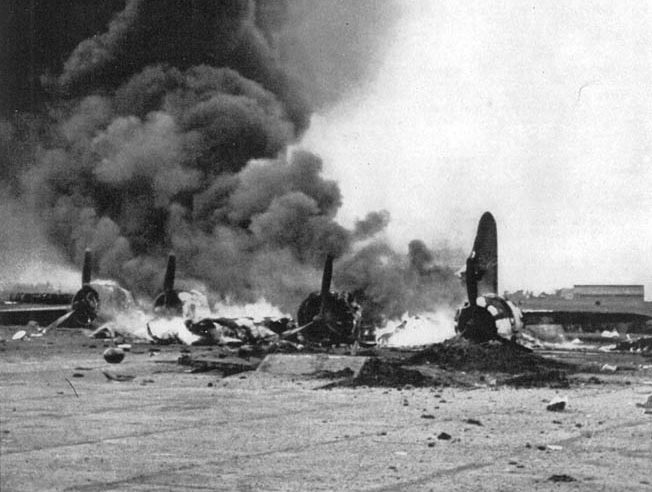
Between February 28 and March 1, the Japanese landed on Java’s western and eastern margins. Their plan of conquest hinged on simultaneous landings at three places. The 48th Infantry Division was to make shore at Kragan in the east, move on Surabaya, and then occupy Madoera and the rest of eastern Java. The Sakaguchi Detachment would also land at Kragan but then proceed south to take Tjilatjap. In the west, the 2nd Infantry Division and the headquarters of 16th Army would land at Bantum Bay and then move east to Batavia using the northern coast road and the Djasinga-Buitenzorg road paralleling it to the south. Meanwhile, the Shoji Detachment would land at Eretenwetan and march on the airfield at Kalidjati. From there it would threaten Batavia from the east. After seizing Batavia, the Japanese planned to press south to take Buitzenzorg and then Bandoeng, completing the destruction of any remaining Allied forces in the field.
The landings were carried out at all the designated locations with only minimal resistance from the Dutch forces posted near the shoreline. Although some equipment was lost by the Western Attack Group during the naval fight at Sunda Strait, these losses did not prevent the 2nd Infantry Division from advancing on Batavia shortly after dawn on March 1.
The landing force at Eretenwetan lost some of its barges and light craft along with several dozen personnel when the few remaining Hurricane fighters based at Kalidjati strafed them shortly after dawn. However, the unexpected air attack did not delay the Japanese for long.
The landing sites were also hit by the few American P-40s able to take to the air, but again with only limited success. Those missions were the last flown by the U.S. Army Air Corps on Java. The surviving Yank fighter pilots were evacuated to Australia by March 3.
Hurricanes also strafed the Japanese columns during their advance on Kalidjati, again inflicting casualties but failing to stop their progress. The landings of the Japanese 48th Division and the Sakaguchi Detachment at Kragan were virtually unopposed. On the whole, the Japanese invasion of Java went off like clockwork.
The 48th Division moved quickly on Surabaya. In response, General Ilgen sent his 6th Infantry Regiment and Dutch Marines forward to the Solo River to buy enough time to complete the demolition of Surabaya’s naval and other military facilities. However, he made no use of Battery E or any of the Dutch artillery units available to aid that deployment while there were insufficient forces to guard the many crossing sites on the river.
As a result, Ilgen’s screen was easily brushed aside or bypassed by the Japanese, who also managed to capture several intact bridges over the Solo before the Dutch could destroy them. As it turned out, the final defense of Surabaya was left to a motley collection of Dutch units and Battery E.
The Japanese arrived before the city on the afternoon of March 6. After probing the Allied positions, they launched an attack the next day. As the Japanese moved forward most of the Dutch defenders melted away before contact was made. Not so with Battery E. It met the onrushing enemy with both small arms and direct artillery fire over open sights. Its furious resistance caused at least one opposing force to halt its forward movement due to heavy casualties. However, after a few hours the Texas artillerymen had to withdraw because their flanks were uncovered by retreating Dutch units.
By the day’s end the Dutch abandoned Surabaya, moving across the bay to the island of Madoera and taking Battery E with them. From there, General Ilgen arranged the surrender of all the Allied forces in and around Surabaya on March 7. Not long after Ilgen gave up, the invaders overran the rest of eastern Java without further Allied resistance.
As the Japanese rolled over the defenders of eastern Java, the Allied defenses in the western part of the island also quickly unraveled. In spite of repeated air attacks, the Shoji Detachment reached the airfield at Kalidjati on the afternoon of March 1. As soon as the Japanese tanks and foot soldiers appeared they were engaged by British Bofors guns, and a fierce firefight developed. The battle raged for several hours before the attackers managed to seize the airstrip after nearly annihilating the defenders.
Meanwhile, the 2nd Division moved from its landing zone at Bantum Bay and headed for Batavia 50 miles to the east by way of the coastal road. The going was slow due to extensive demolition that had been carried out by the Dutch. Hoping to avoid further delay, the 2nd Division commander switched his one reserve infantry regiment to the secondary Djingasa-Buitenzorg road just south of the coastal highway, making that his main axis of attack. As a result, Batavia was threatened from two sides.
The developing enemy attack on Batavia threw Schilling’s preinvasion plan for a counterstroke by Blackforce out the window. The Dutch officer then redirected his attention to the enemy unit moving on Kalidjati just 75 miles southeast of Batavia. He ordered a series of counterattacks against that force, but like most of the offensive actions mounted by the Dutch during the battle for Java they were carried out in a piecemeal and uncoordinated fashion.
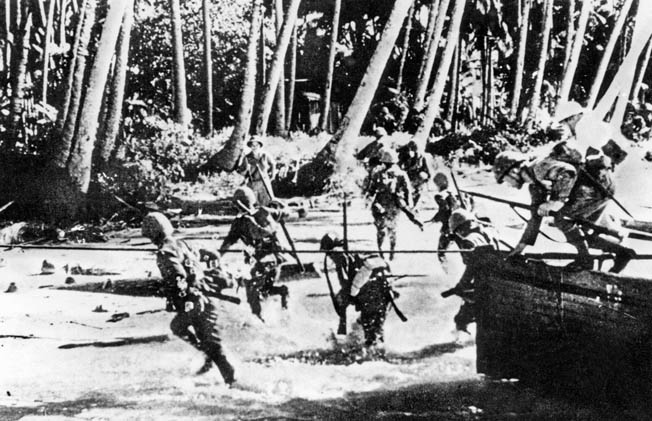
The first attack went in on March 2 and temporarily threw back the Japanese spearhead from the town of Soebang. Some Dutch light tanks were able to reach Kalidjati airdrome, but then they became separated from their accompanying infantry. Without infantry support, the armor withdrew from the field after several hours, followed by its infantry comrades who were just arriving. Encouraged by this small success, Schilling struck at Kalidjati again on the 3rd. He reallocated the DEI infantry regiment that had been assigned to Blackforce to the attack on Kalidjati.
Unfortunately for the renewed Dutch effort, the Japanese had decided to provide more assets in support of the Shoji Detachment as a result of the minor setback suffered the day before. The result was a five-hour aerial assault on the infantry formation that Schilling intended to use to reinforce his second attack against Kalidjati. Under a hail of bombs and machine-gun fire, the DEI regiment broke and fled.
Meanwhile, Blackforce had been ordered to take up defensive positions along the Leuwiliang River 75 miles south of Batavia. Its mission was to prevent the enemy from advancing along the Djasinga-Buitenzorg road to Batavia. Blackforce accordingly set up a defensive position with the 2/2 Pioneer Battalion along the river on either side of the destroyed bridge spanning the waterway and the 2/3 Machine Gun Battalion slightly to the 2/2’s southeast. The other elements of Blackforce, except for the 2/131 Field Artillery, were in reserve around Buitenzorg.
The American artillerymen were posted behind the 2/2 Pioneers with their batteries divided into two gun detachments. D and F Batteries both placed two guns in direct fire mode along the road to act as antitank weapons. The remainder of the cannons (four pieces) were placed on a small island on a rice paddy a mile back from the blown bridge. The initial plan was to let the Japanese repair the structure and start moving across it before firing on them at close range with small arms and artillery.
At noon on March 3, the Japanese sent forward an infantry column spearheaded by armor and aiming for the Leuwiliang Bridge site. As it approached, the Aussies, using Boyes antitank rifles, knocked out the two lead tanks. The Japanese column halted on the road, withdrew out of small arms range, and brought mortars into action.
As the fight on the west side of the river intensified, the American artillery of Batteries D and F, with the aid of a forward observer, shelled the road-bound Japanese force, destroying tanks and trucks along a stretch of the highway to the west. The Japanese were unable to counter the American artillery fire because their artillery had not yet been moved forward. Nor had they been able to locate their adversary’s guns in spite of the fact that they had observation planes overhead.
The combination of American artillery and Australian small arms fire completely frustrated the Japanese effort to move forward on the 3rd. They spent much of the morning of March 4 scouting around the southern flank of Blackforce. However, as the Leuwiliang River defenders continued to hold throughout the day the Japanese pushed on to Batavia along the coast road and from Kalidjati. Yielding to the approaching threat, Schilling directed Blackforce to delay the enemy west of Buitenzorg as long as possible while the rest of the Allied forces abandoned Batavia and headed for Bandoeng.
By the end of March 4, Blackforce had successfully withdrawn to just west of Buitenzorg. The next day the last of the DEI forces passed through the Australians and beyond Buitenzorg. Blackforce then withdrew. The 2/131 Field Artillery supported the retrograde move, leapfrogging one battery with the next. The Japanese did not press their advance, content to consolidate their position around Batavia and Buitenzorg as the Allies fell back to Bandoeng.
On March 6, General Poorten held a conference with his senior officers at Bandoeng. He expressed little confidence in holding that town or conducting a long-term guerrilla war against the Japanese. Although the British and Australian officers present wanted to continue the fight, their Dutch counterparts doubted the viability of such action, stating that their men were demoralized and beginning to desert in large numbers. Without Dutch support, the few thousand remaining British and Australian fighting men, now low on ammunition and supplies, had no chance against the Japanese. News that the port of Tjilatjap had fallen on March 7 meant that no help would be forthcoming. Allied resolve reached a new low.
When the Japanese demanded the surrender of the Allied forces on Java on March 8, Poorten agreed to the terms for his Dutch troops. Two days later the other Allied commanders also surrendered their men. The result was a brutal captivity for 10,000 Allied soldiers, sailors, and airmen.
The Japanese conquest of Java was their most complex amphibious campaign to date. By any standard, it was a classic joint operation.
Arnold Blumberg is an attorney with the Maryland State government and resides with his wife in Baltimore County, Maryland.
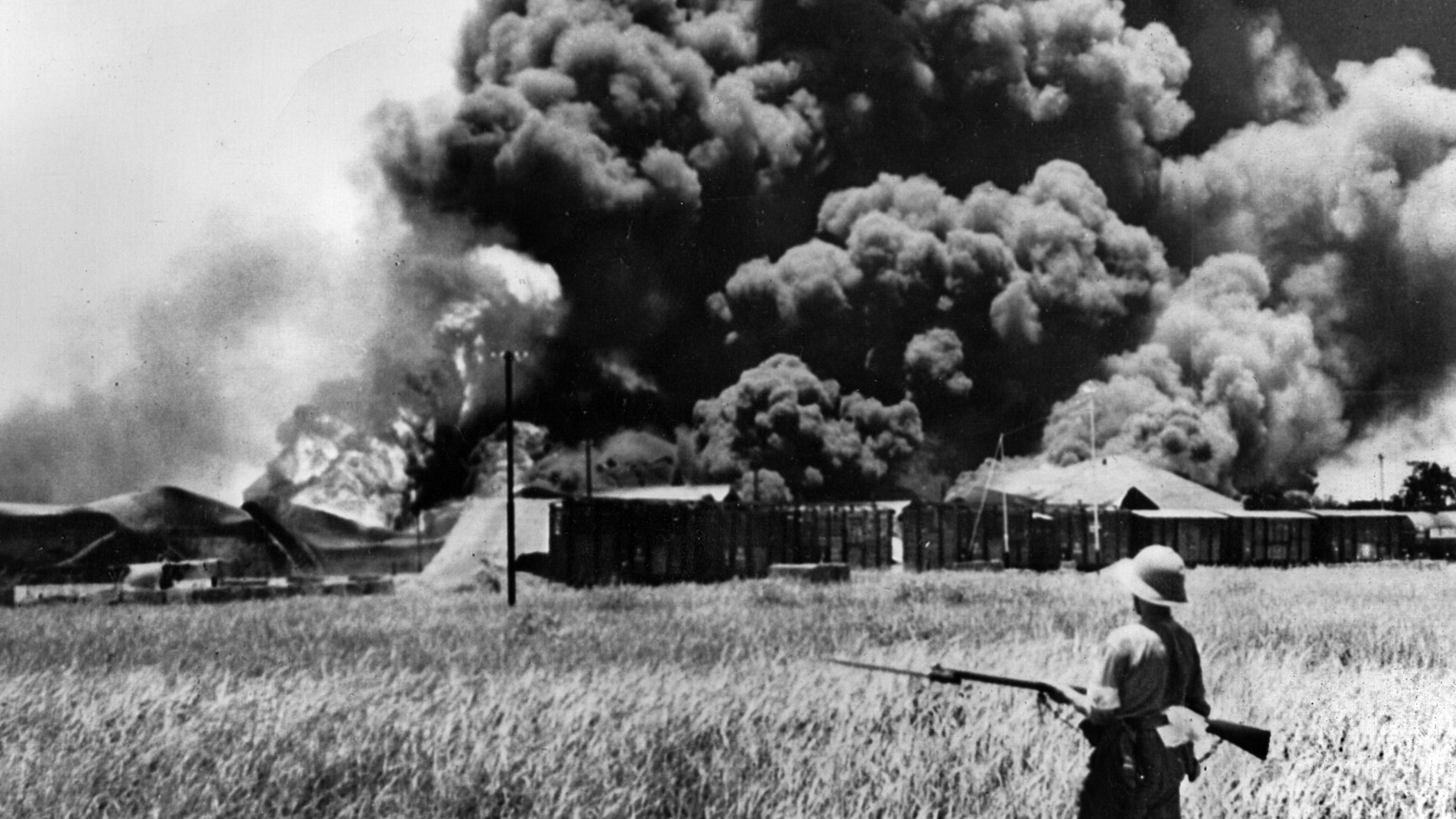
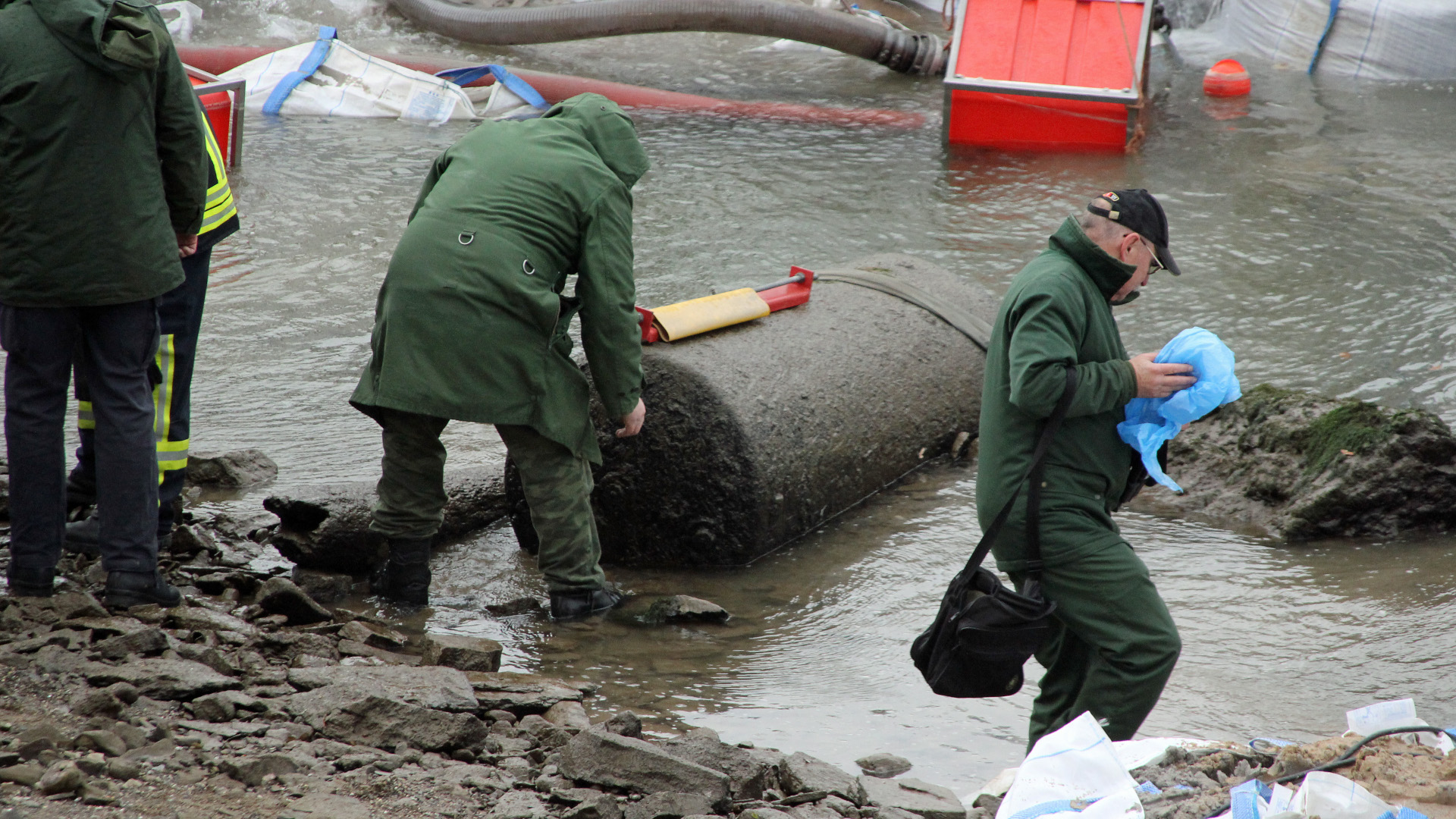
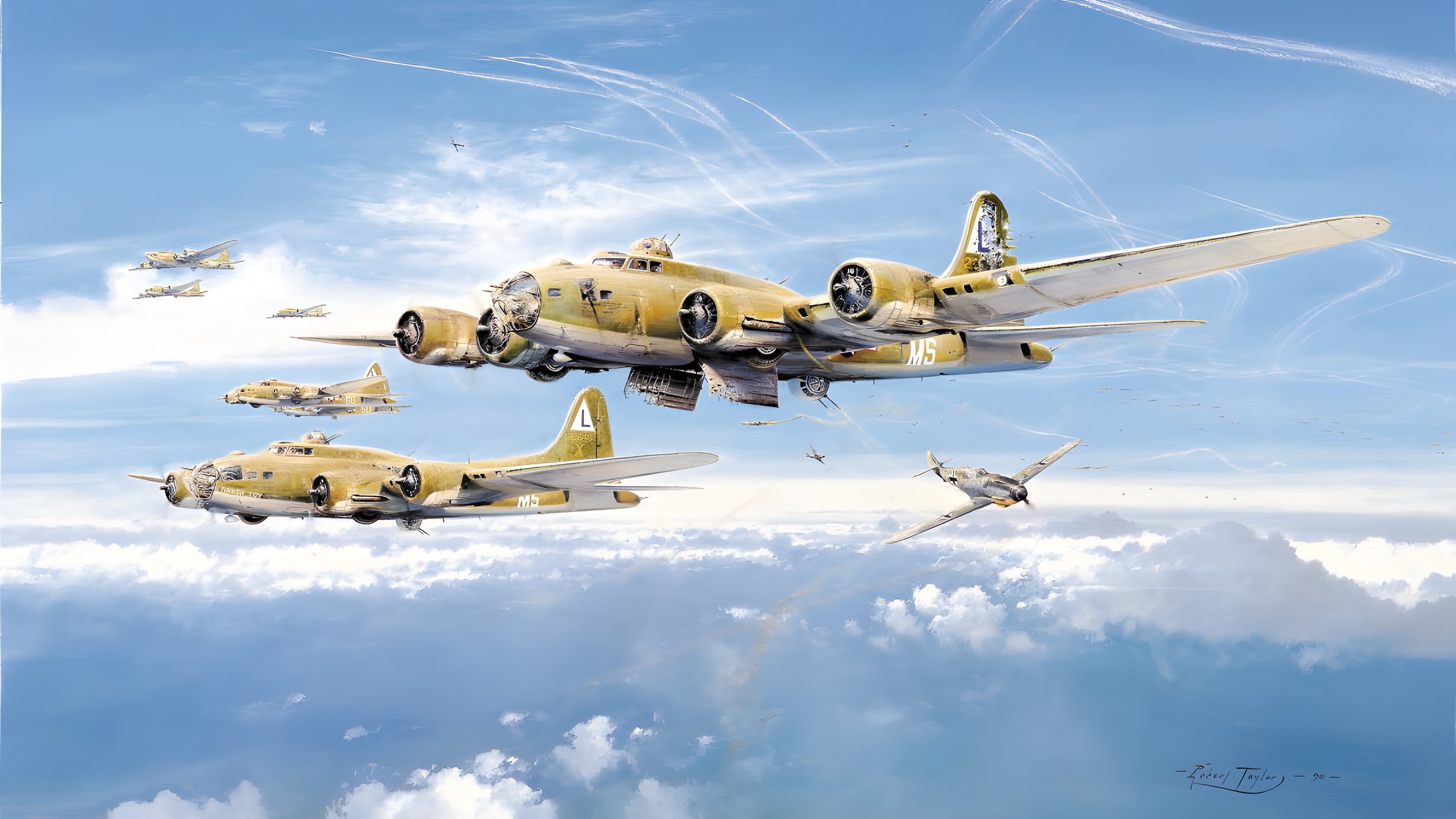
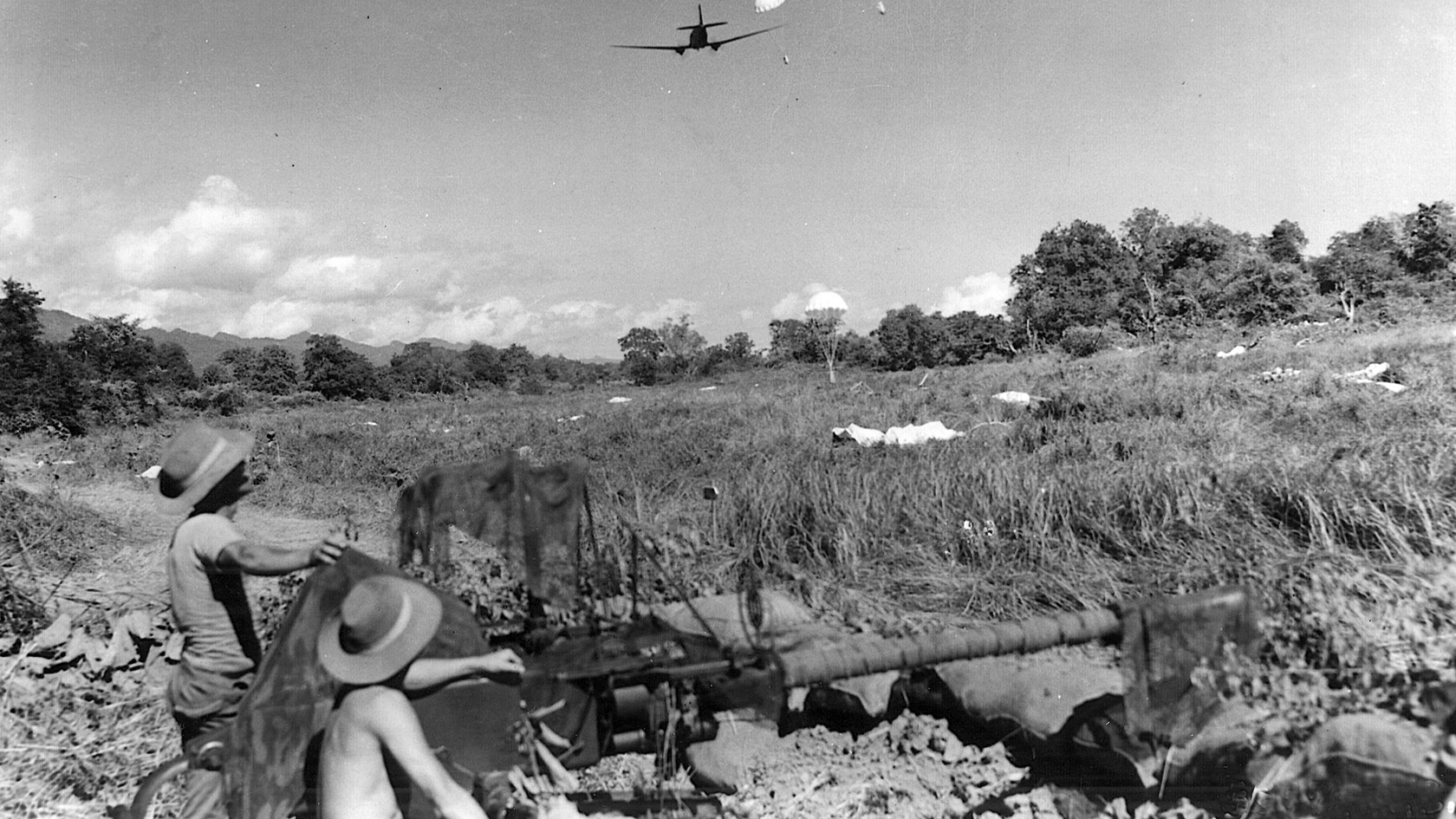
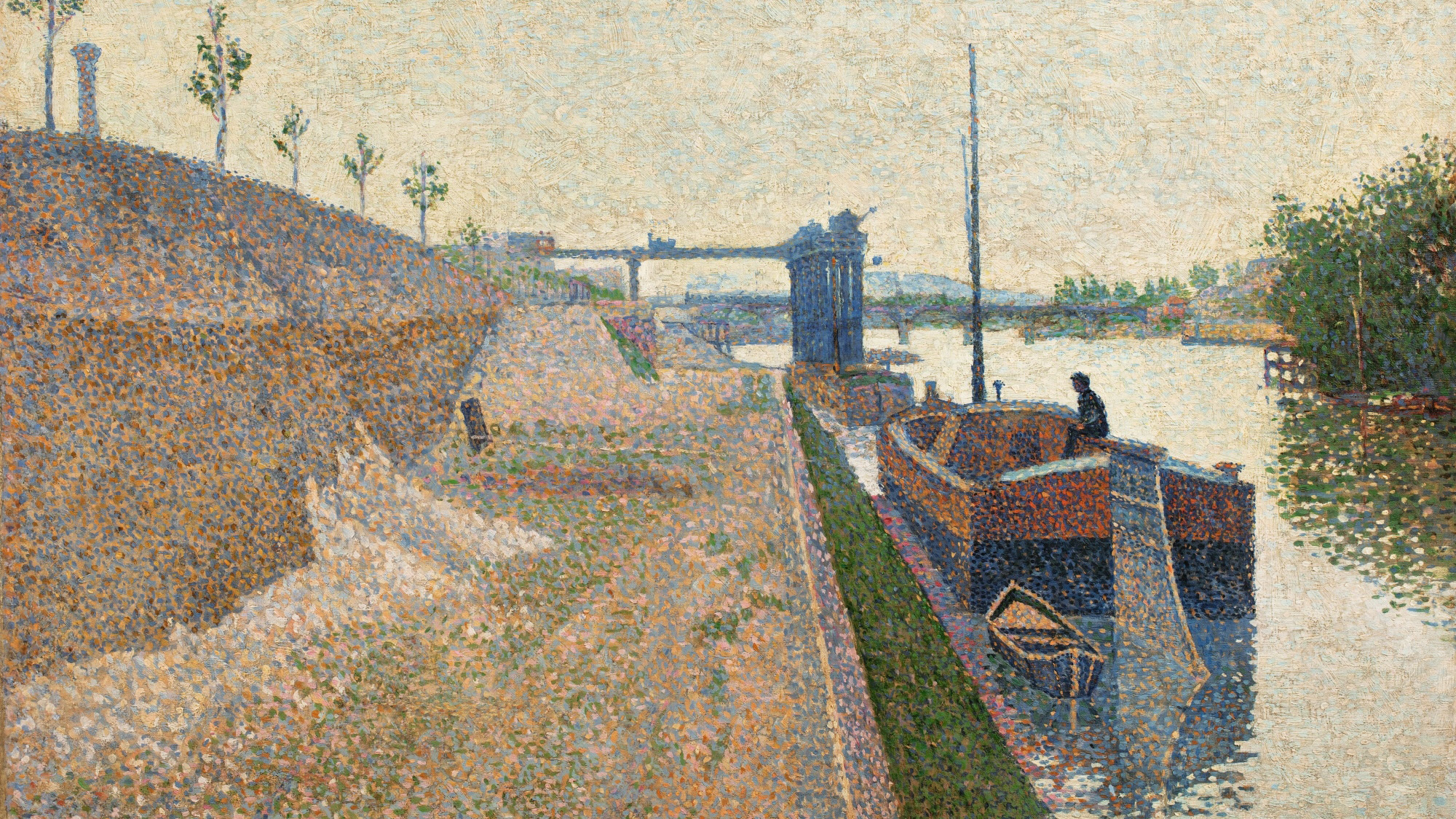
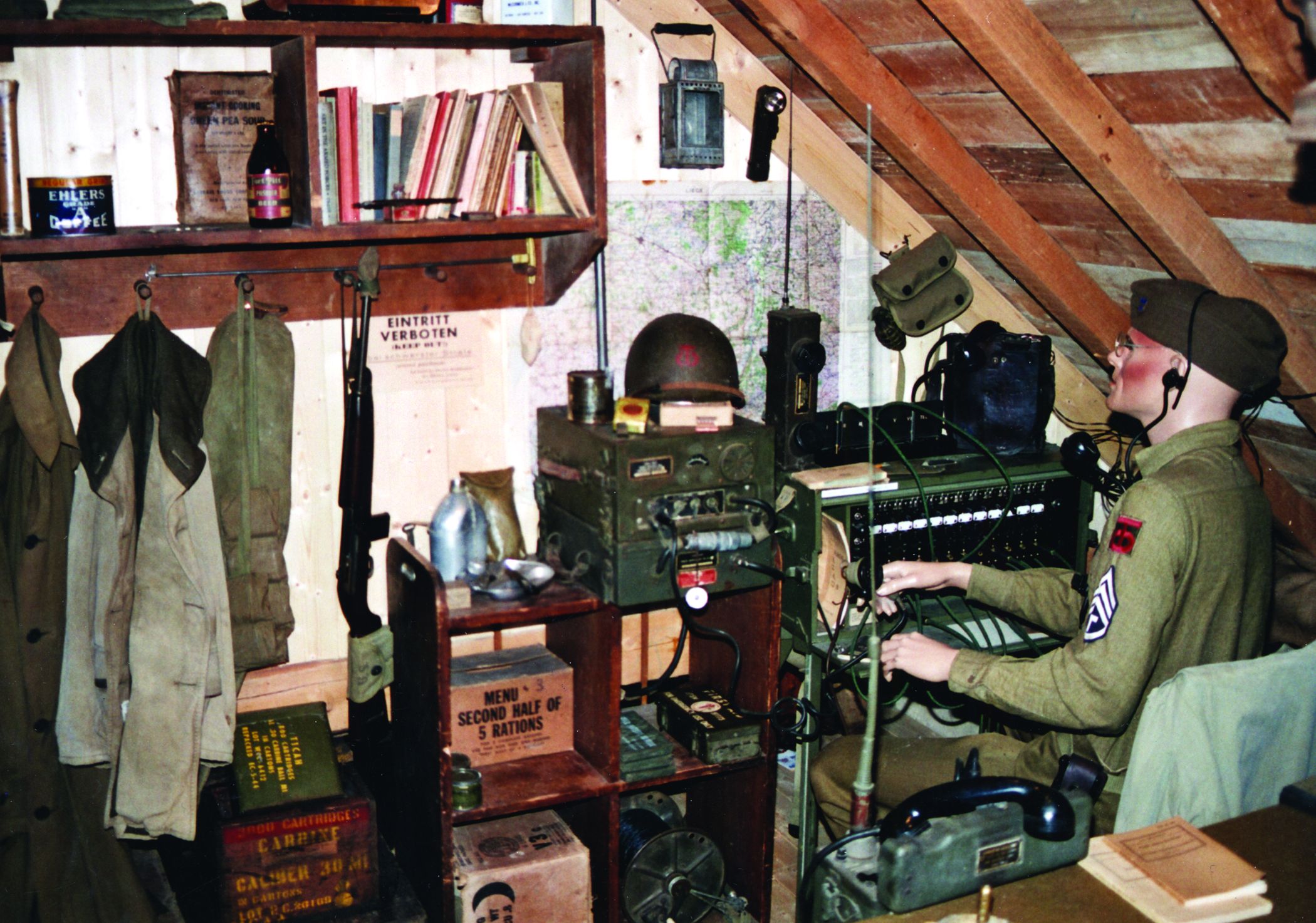
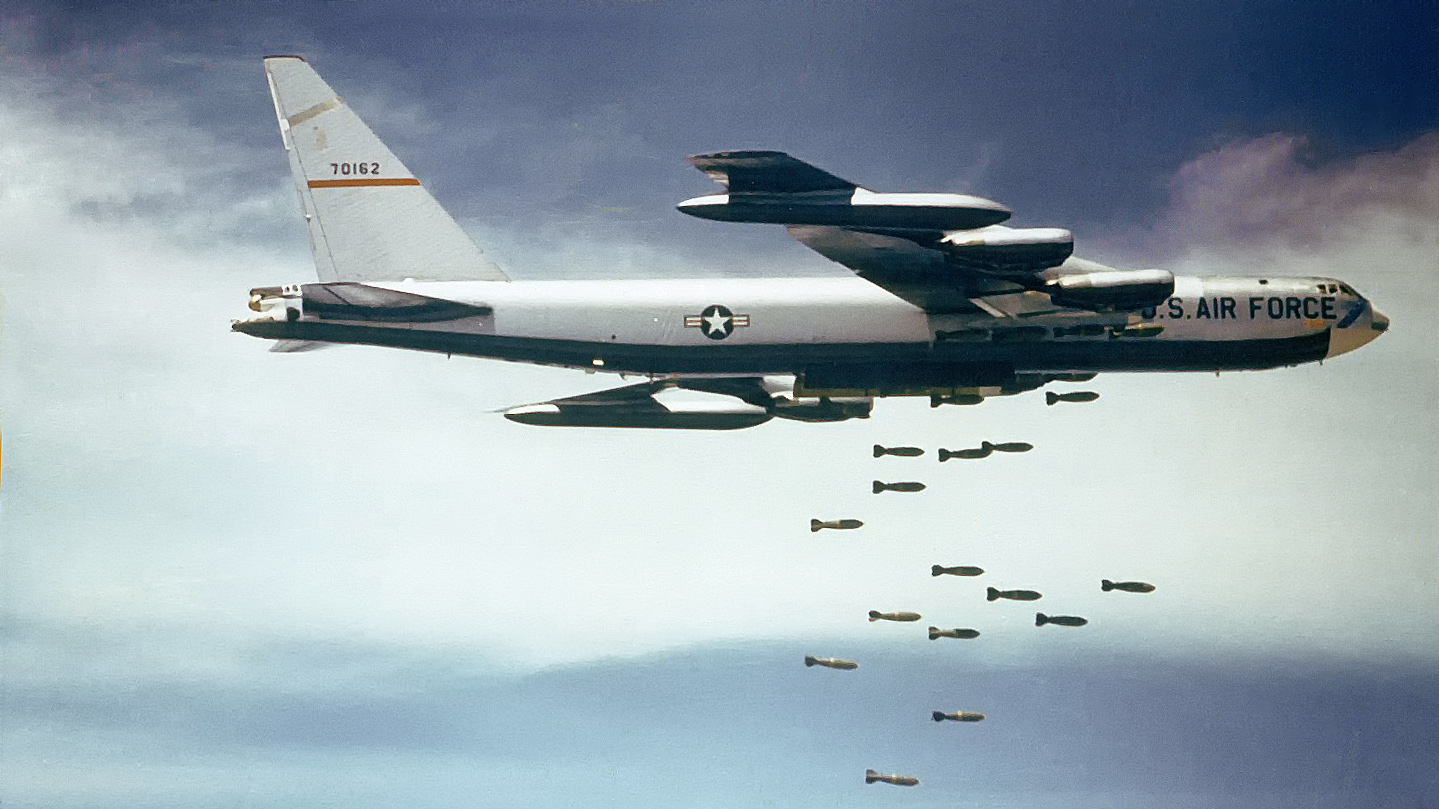
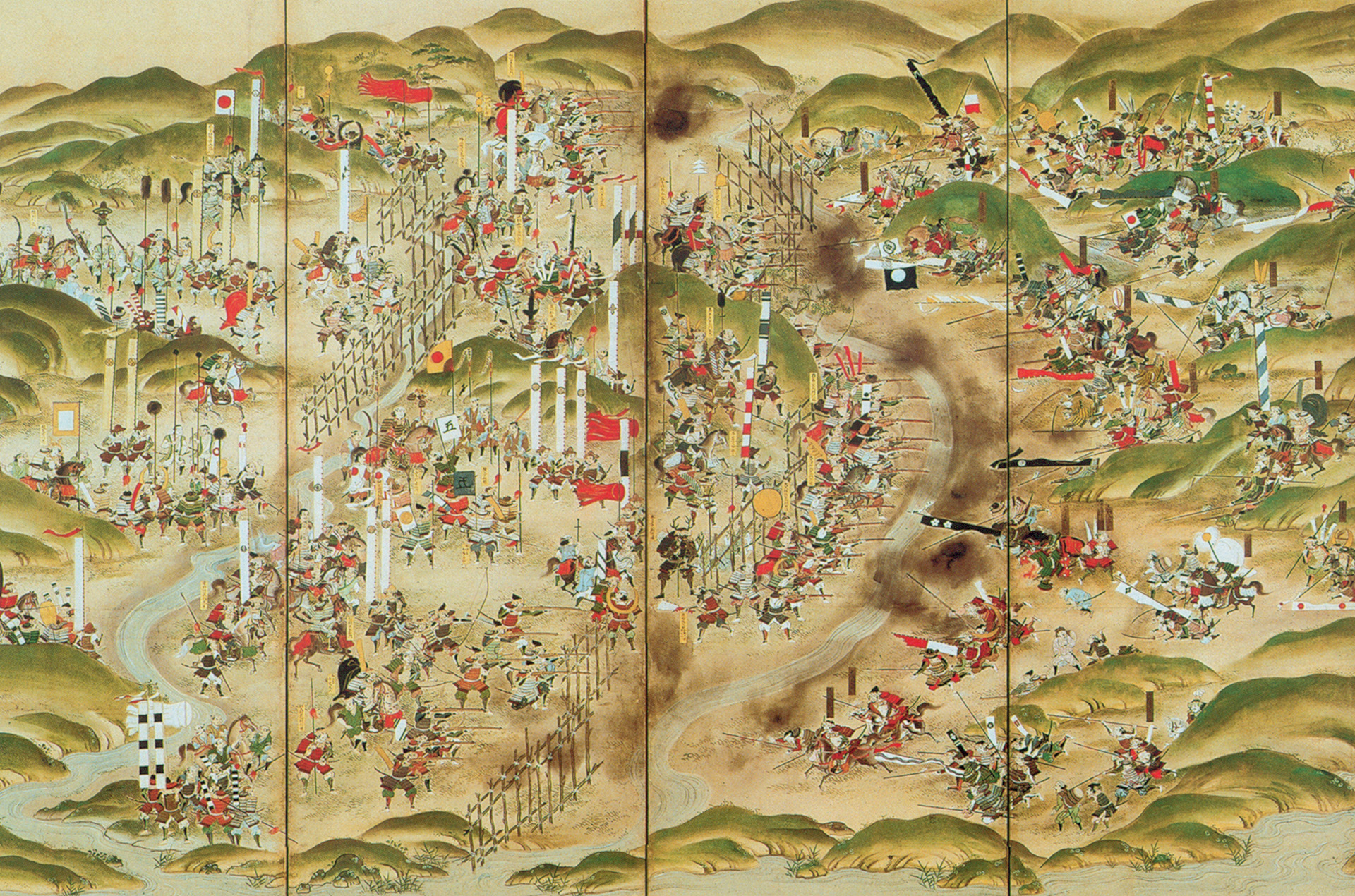
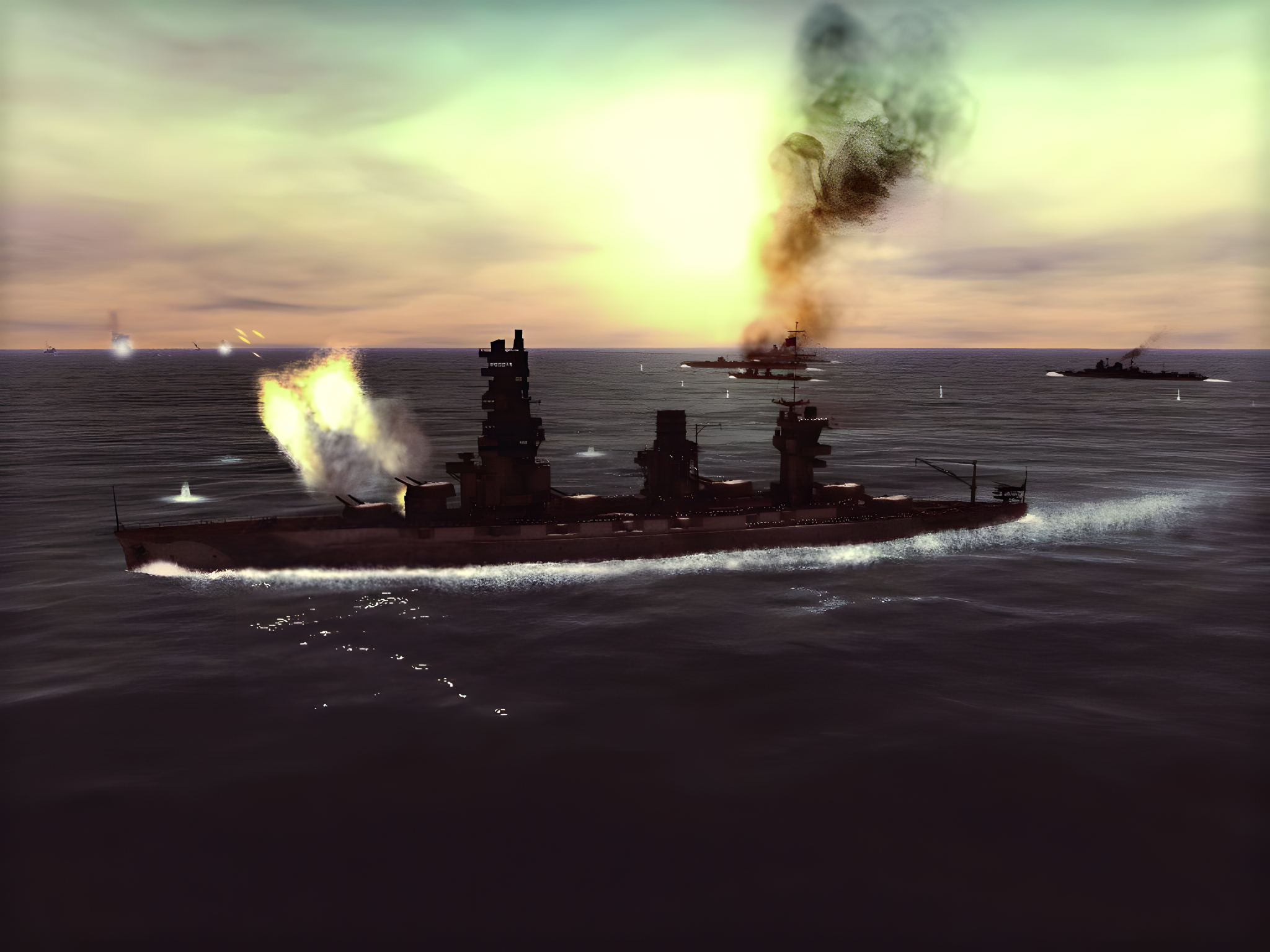
please, could you give accounts of the advancing Japanesse arm forces during the taking of Java, probably with the names and their ranks?
thank you.